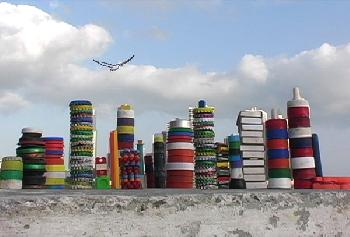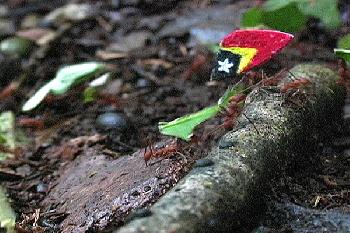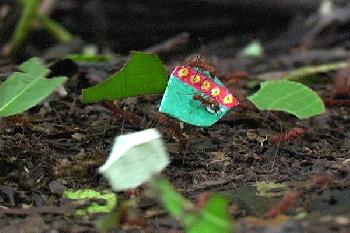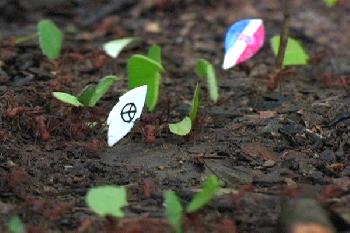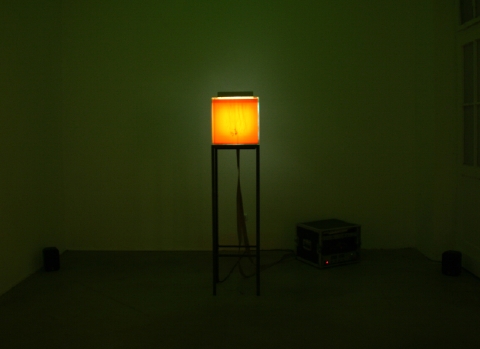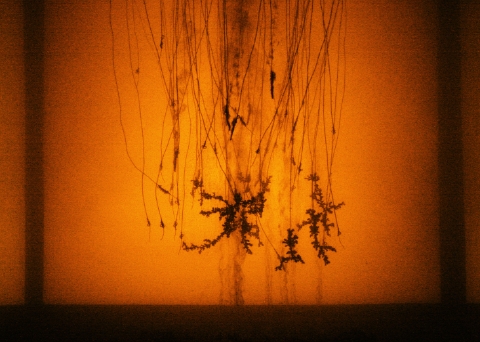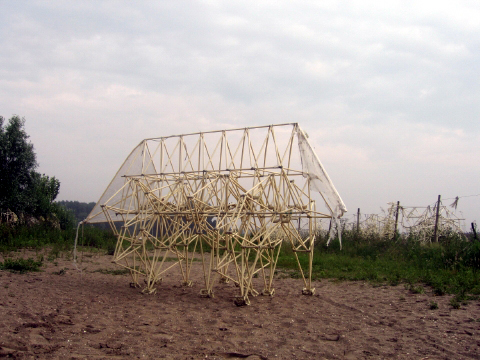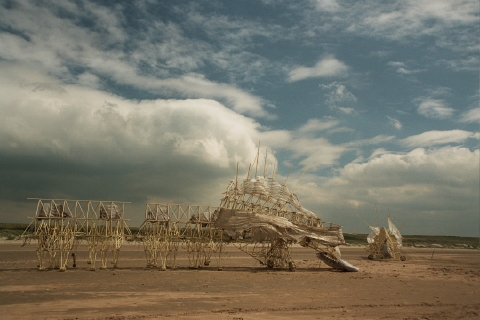Alan Rath
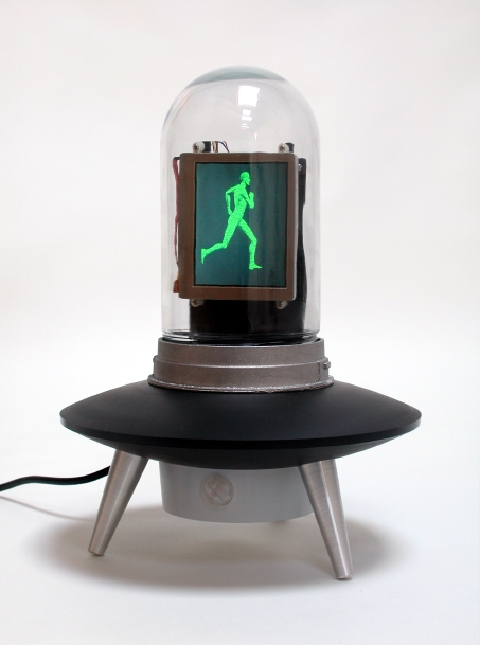
Little Running Man VII
Well known for his electronic, kinetic, and robotic sculpture, Alan Rath has produced ever-evolving work since the early 1980s. Rath was born in Ohio in 1959 and was fascinated with machinery from an early age. He cites important childhood influences that include NASA, Robert Moog, and Jimi Hendrix. Although largely self-taught in electronics and art, Rath holds a degree in electrical engineering from Massachusetts Institute of Technology.
An acknowledged pioneer in the exploration of electronics as an art form, Rath has been central to the developing dialogue of the role of new media in the arts. The computers he creates and places within handcrafted aluminum, steel, glass, and plastic armatures are capable of complex directives over time (some evolve over decades). The “life force” in these machines is encapsulated and carefully controlled with seeming aesthetic and mechanical ease.
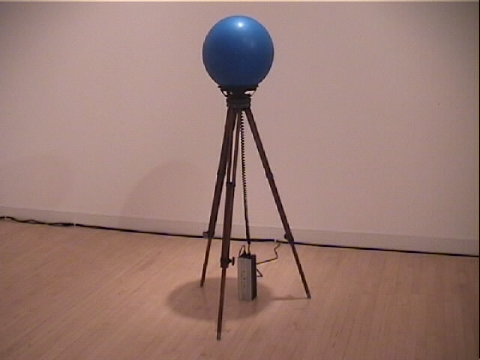
Throbber
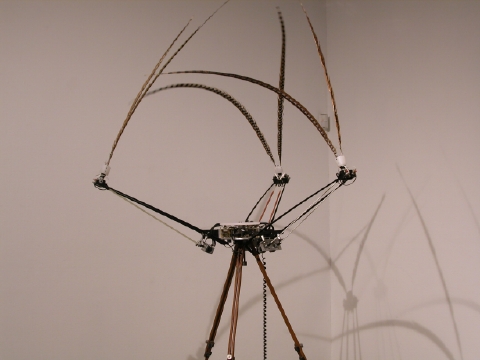
LALA ZAZA 2006


